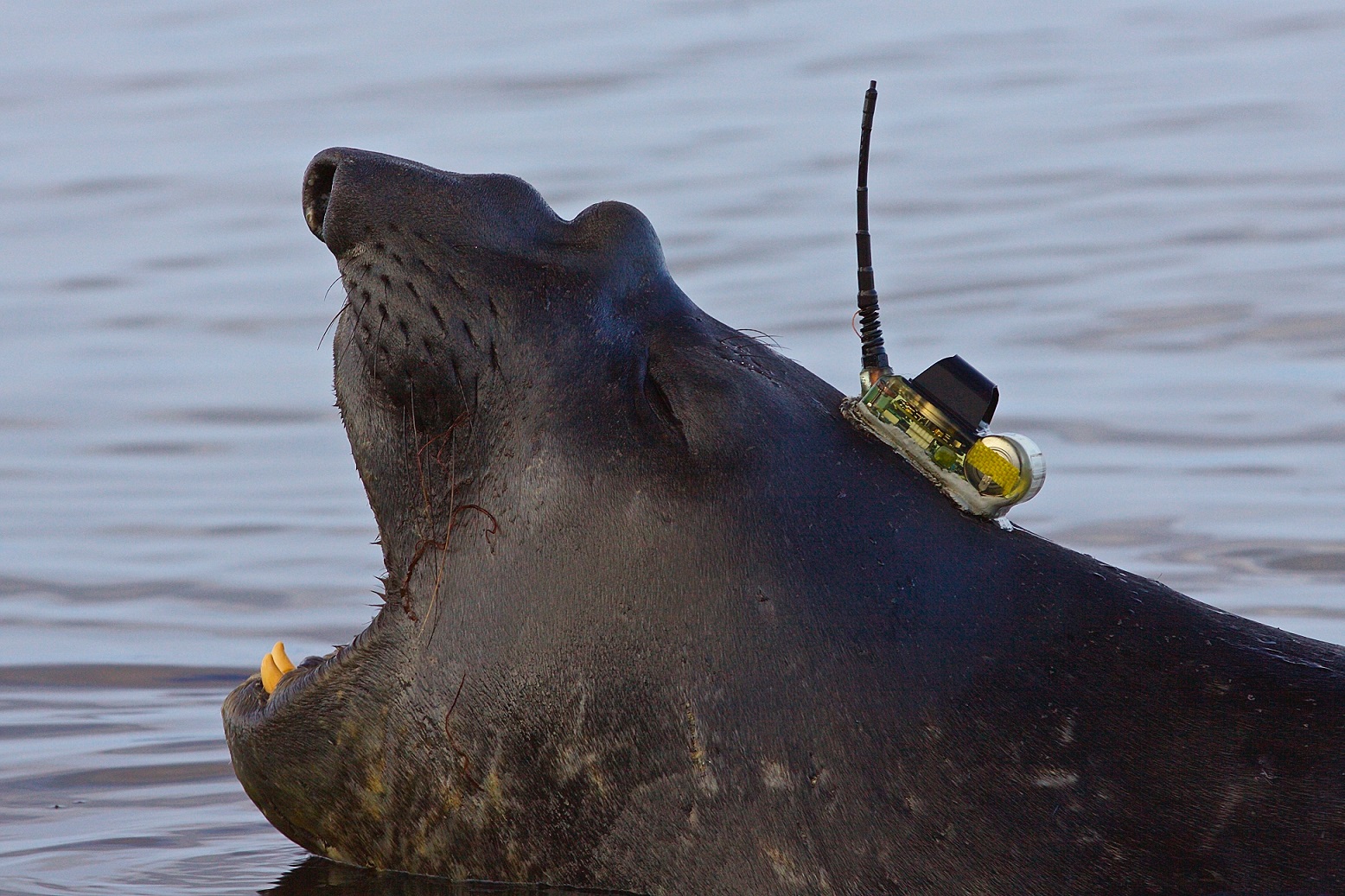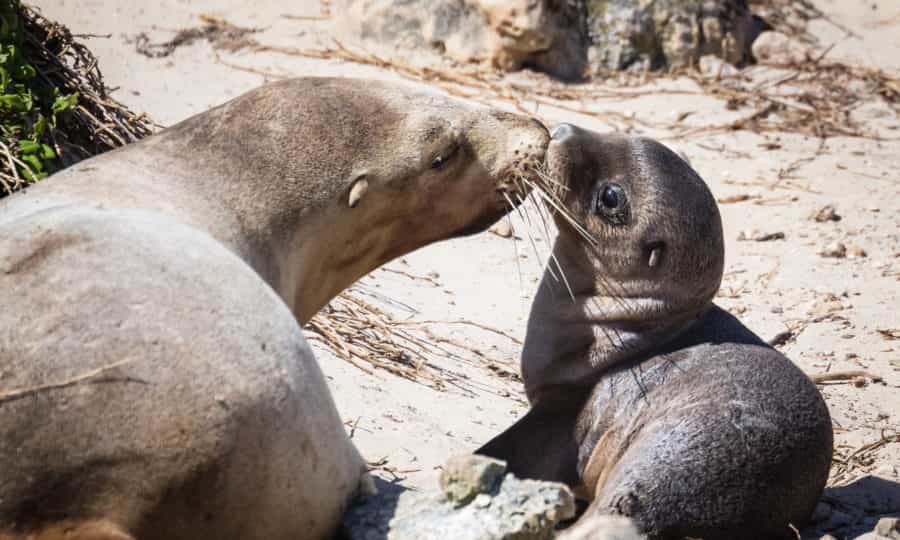How deep is the sea? These clever seals know and are happily sharing their secrets
What can a seal teach us about the deep ocean? A lot, it seems, especially if it’s wearing a natty little hat.
“Deep-diving seals like Weddell and elephant seals provide us with a wealth of information on the structure of the ocean floor,” says Dr Clive McMahon, lead author of the new study published in Nature Communications Earth & Environment.
Based at the Sydney Institute of Marine Science (SIMS), Clive leads the Integrated Marine Observing System (IMOS) Animal Tagging sub-Facility. He also leads the ARC Australian Centre for Excellence in Antarctic Science (ACEAS) elephant seal tagging project out of the Institute for Marine and Antarctic Studies (IMAS) at the University of Tasmania.
“Given the remote and inhospitable nature of Antarctica and the surrounding Southern Ocean, only a small part of the Antarctic continental shelf was surveyed by ships in the past, so the information available about this area is sparse,” he says.
For the seal tagging project, scientists attached small satellite-linked devices to seals, which measure temperature, salinity and depth as they swim. The study focused on more than 500,000 individual seal dives beneath the East Antarctic continental shelf, where seals have been equipped with satellite-linked devices since 2004.
“The information we’re receiving via seal dives is enormously valuable, to improve our understanding of the oceanographic processes that affect Antarctica’s role in global climate,” says co-author Professor Mark Hindell, from ACEAS and IMAS.
“We found in some regions that more than 25 per cent of previous estimates of the ocean depths were wrong.
“We only know this now because the seals were diving hundreds of metres below those depths. In the most extreme case, they were diving 1000m deeper than what we thought was the ‘ocean floor’.”

The data from the dives also revealed new underwater features, including troughs off the Shackleton Ice Shelf and Underwood Glacier, and a deep canyon near the Vanderford Glacier. This deep canyon, the Mirounga-Nuyina Canyon, was confirmed by a recent multi-beam echo sounder survey from Australia’s new icebreaker, the RSV Nuyina.
“The observations we collect from the seals help us better understand the shape of the ocean floor, especially where there are channels for warm water to access ice shelf cavities,” Clive says. “This knowledge is essential for scientists trying to measure icesheet melt rates.”
The East Antarctic ice sheet is particularly important as it locks in more than 52 metres of global sea level rise.
“As the climate changes, greater intrusions of warm water into the shelf cavities are more likely,” Mark says.
“So if we can find out exactly where the water accesses the underside of the shelves, we’ll also be much better placed to quantify melt rates, fresh water input into the ocean and other variables that affect our future oceans and climate.”


